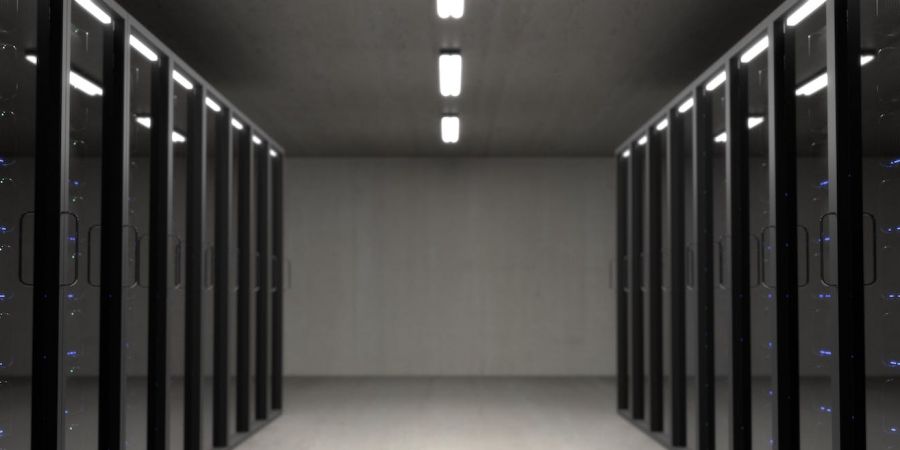

A data centre is a building that uses a sophisticated network, compute, and storage infrastructure to provide shared access to apps and data. There are industry standards to help with developing, building, and maintaining data centre infrastructures and facilities to guarantee the data is highly available and secure.
TYPES OF DATACENTERS:
Data centres come in a variety of sizes, from a single small server room to large clusters of buildings spread across a large area, but they all have one thing in common: they are vital business assets where businesses frequently invest in and implement the most recent developments in data centre networking, compute, and storage technologies.
The contemporary data centre has changed from being a place where an on-premises infrastructure was housed to one that links on-premises systems with cloud infrastructures, where networks, applications, and workloads are virtualized across various private and public clouds.
Enterprise data centres are usually built and used for internal uses by a single organisation. These are typical for large software companies.
A type of rental property, colocation data centres provide room and resources.
Datacentre evolution:
In the early 1940s, when operating and maintaining computer technology was difficult, data centres first started to appear. Many large components were needed for early computer systems, which operators had to link with numerous cables. They also needed cooling to avoid overheating and consumed a lot of power. Companies usually housed all the hardware for these mainframe computers in a single space known as a data centre to manage them. Each business made an investment in and kept up its own data centre.
The size and power needs of computers have decreased over time thanks to advancements in hardware technology. However, at the same time, IT systems grew more complicated in a variety of ways, including the following:
Businesses generated and stored an exponentially growing quantity of data.
Software was separated from the base hardware by virtualization technology.
The majority of business data centre infrastructure can be divided into three main groups:
Compute
Storage
Network
Additionally, data centre equipment includes supporting infrastructure, such as electricity systems, that aids in the efficient operation of the primary equipment.
computing environment
A variety of servers with different internal memory, processing capacity, and other specifications make up computing resources. Below, we provide a few instances.
rack computers
In a server cabinet, rack servers can be stacked in racks or on platforms because they are flat and rectangular in shape. Mesh doors, sliding shelves, and room for other data centre resources like cables and fans are among the cabinet's unique features.
Blade computers
Because a blade server is modular, you can arrange more servers in a smaller space. Physically speaking, the server is small and usually only has
